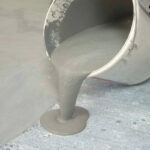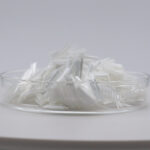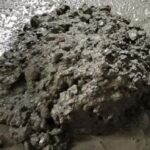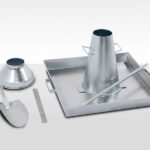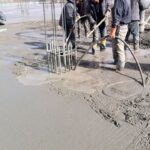Why Can't Concrete Do Without Polycarboxylate Superplasticizers?
Polycarboxylate superplasticizers are high-performance water reducers. Their components include main chain structure materials, side chain materials, functional groups, and synthetic raw materials. These components combine through specific synthesis methods to form polycarboxylate superplasticizers with excellent water-reducing performance. In practical applications, polycarboxylate superplasticizers can be customized to meet the specific requirements of different concrete projects.
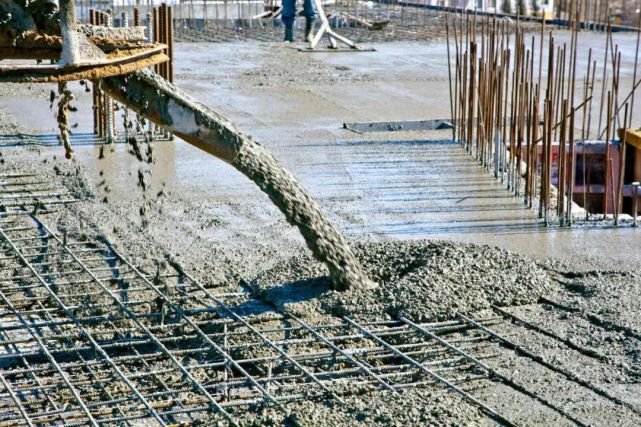
Composition of Polycarboxylate Superplasticizers
1.Main Chain Structure Materials
- Acrylic or Methacrylic Acid: Common main chain materials that provide the basic molecular framework for the superplasticizer.
- Maleic Anhydride: Another main chain material used to create different types of polycarboxylate superplasticizers.
2.Side Chain Materials
- Polyether: Grafted onto the main chain, forming a "comb" or "branched" structure. This structure increases the superplasticizer's adsorption capacity on cement particles, enhancing water-reducing effects.
3.Functional Groups
- Sulfonates or Other Groups: Located on the main chain, these groups charge the cement particles, dispersing them through electrostatic repulsion, reducing water usage.

4.Synthetic Raw Materials
- Unsaturated Acids: Such as maleic acid, maleic anhydride, acrylic acid, and methacrylic acid, used to synthesize the main chain structure.
- Polyolefinic Macromonomers: Like polyolefin hydrocarbons, ethers, and alcohols, used as side chain materials.
- Polystyrene Sulfonates or Esters: These compounds might be used to introduce specific functional groups.
- (Meth)acrylate, Esters, Hydroquinone, Acrylamide, etc.: Auxiliary materials used to adjust the superplasticizer's performance or stability.
Dosage
The dosage of polycarboxylate superplasticizers varies depending on factors such as the concentration of the additive, the type of aggregate, and the temperature during application. Generally, with a solid content of 7%-8% (including after compounding), the recommended dosage is 1.4%-1.7%. For the base liquid, the dosage is 0.3%-0.5%, while the compounded product is dosed at 1.2%-2.0%. For standard C30 concrete, the dosage ranges from 1.5% to 3.0%. The exact dosage should be determined based on laboratory requirements for the additive.
Applicable Range
Polycarboxylate superplasticizers are primarily used in concrete, reinforced concrete, prestressed concrete, high-strength concrete, high-performance concrete, self-compacting concrete, fiber-reinforced concrete, and shotcrete. They are also suitable for both on-site mixing and ready-mix concrete. When applying, choose the appropriate type and dosage based on the project's specific requirements, concrete mix design, and construction conditions.

Environmental Considerations
Polycarboxylate superplasticizers are environmentally friendly products, but certain environmental issues still require attention during production and use. Some solutions include:
- Adding Preservatives During Compounding: Adding preservatives during production can effectively prevent spoilage. Mainstream preservatives are added at 0.5-1.5 kg per ton of polycarboxylate superplasticizer, increasing costs by about 10-25 yuan.
- Choosing High-Quality Sodium Gluconate Retarders: Manufacturers with strict production control can effectively reduce glucose and Aspergillus niger residues, lowering the risk of spoilage.
- Proper Storage: Store polycarboxylate superplasticizers in cool, ventilated places away from direct sunlight.
- Accurate Estimation of Usage: Communicate with project managers about product usage and timelines to prevent long-term storage that might lead to spoilage.
- Reducing Use of Formaldehyde, Nitrites, and Other Preservatives: Although cost-effective, these substances have limited effectiveness.
Efficacy
Polycarboxylate superplasticizers are high-performance concrete admixtures with the following key benefits:
- Improving Flowability: They effectively reduce concrete slump loss, enhancing flowability.
- Efficient Water Reduction: Without changing workability or cement dosage, they reduce water usage, improving cement efficiency and saving costs.
- Extending Setting Time: They delay the setting time, aiding in construction and allowing better control of concrete temperature.
- Reducing Voids: They significantly decrease void volume within cement, making concrete denser and increasing its compressive strength.
Overall, polycarboxylate superplasticizers improve concrete performance without altering water usage, ensuring that construction conditions remain unaffected.


